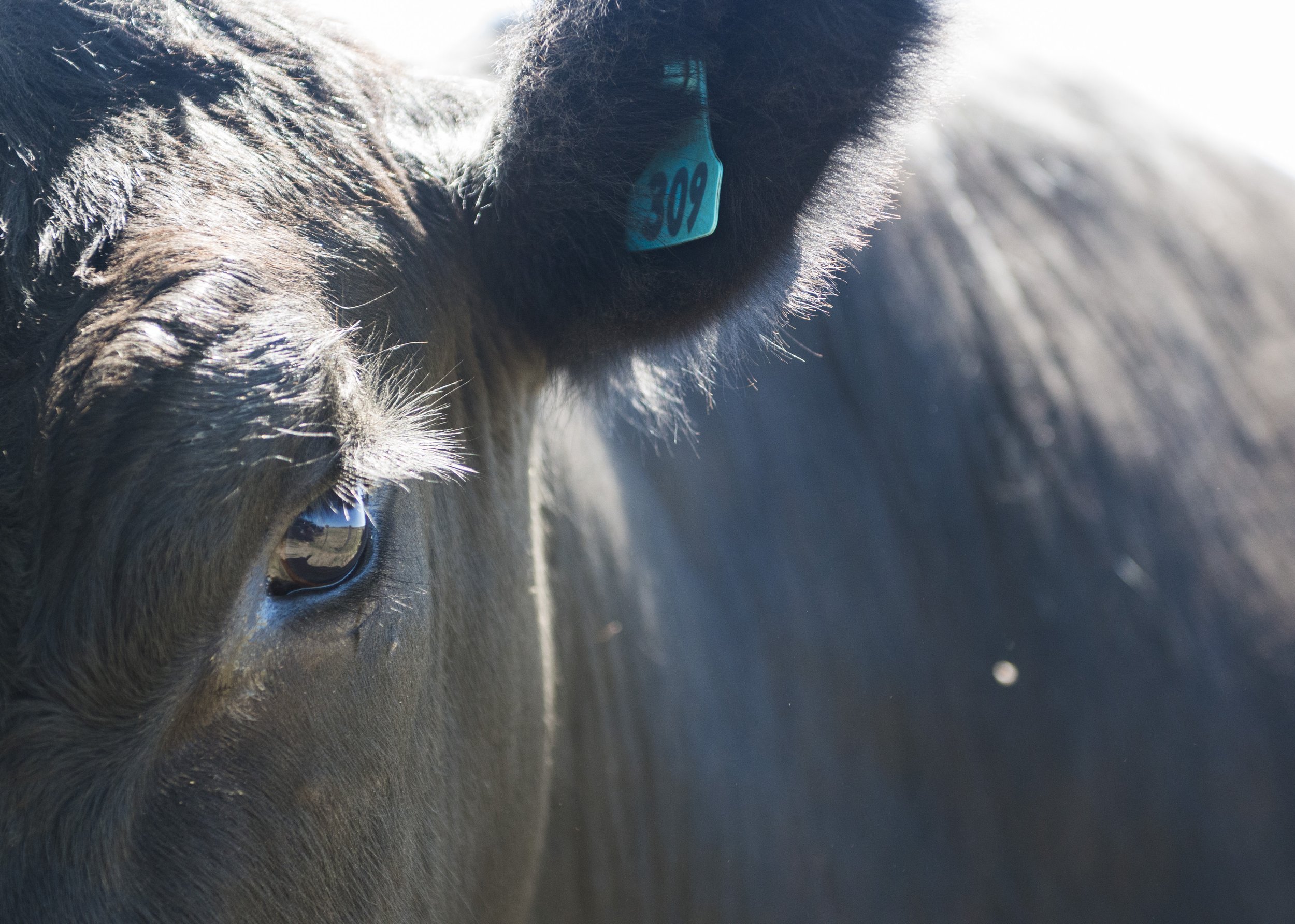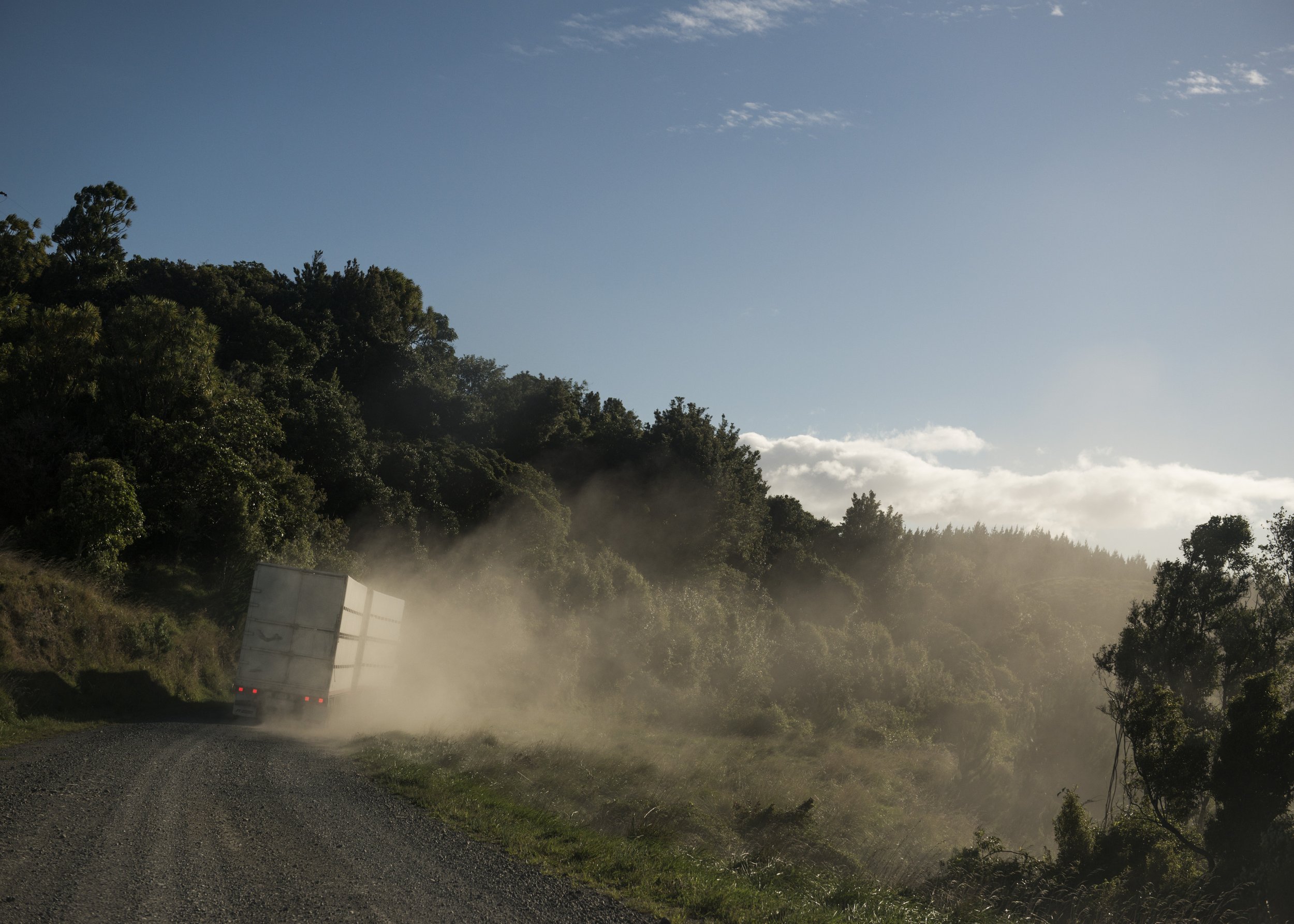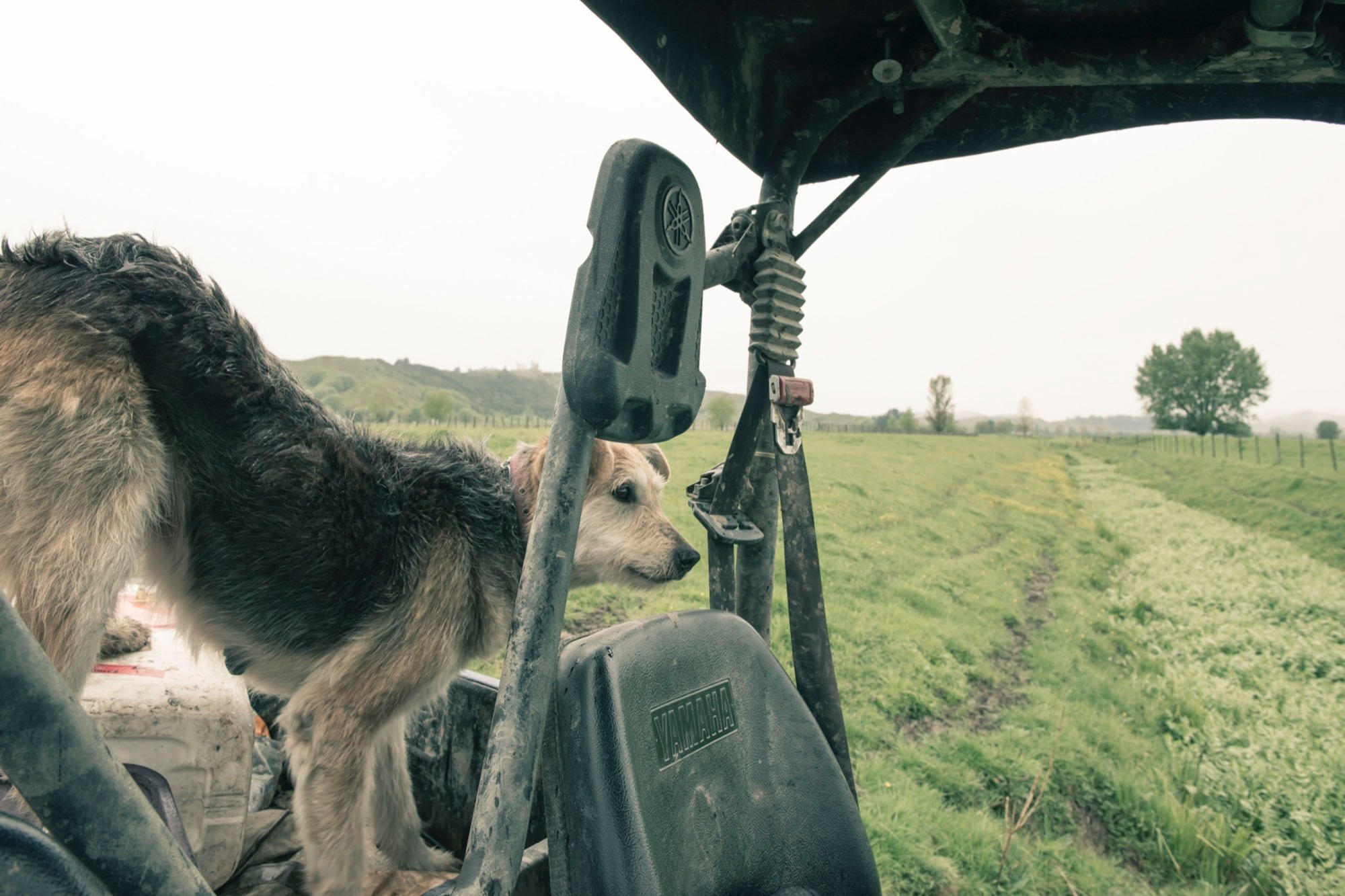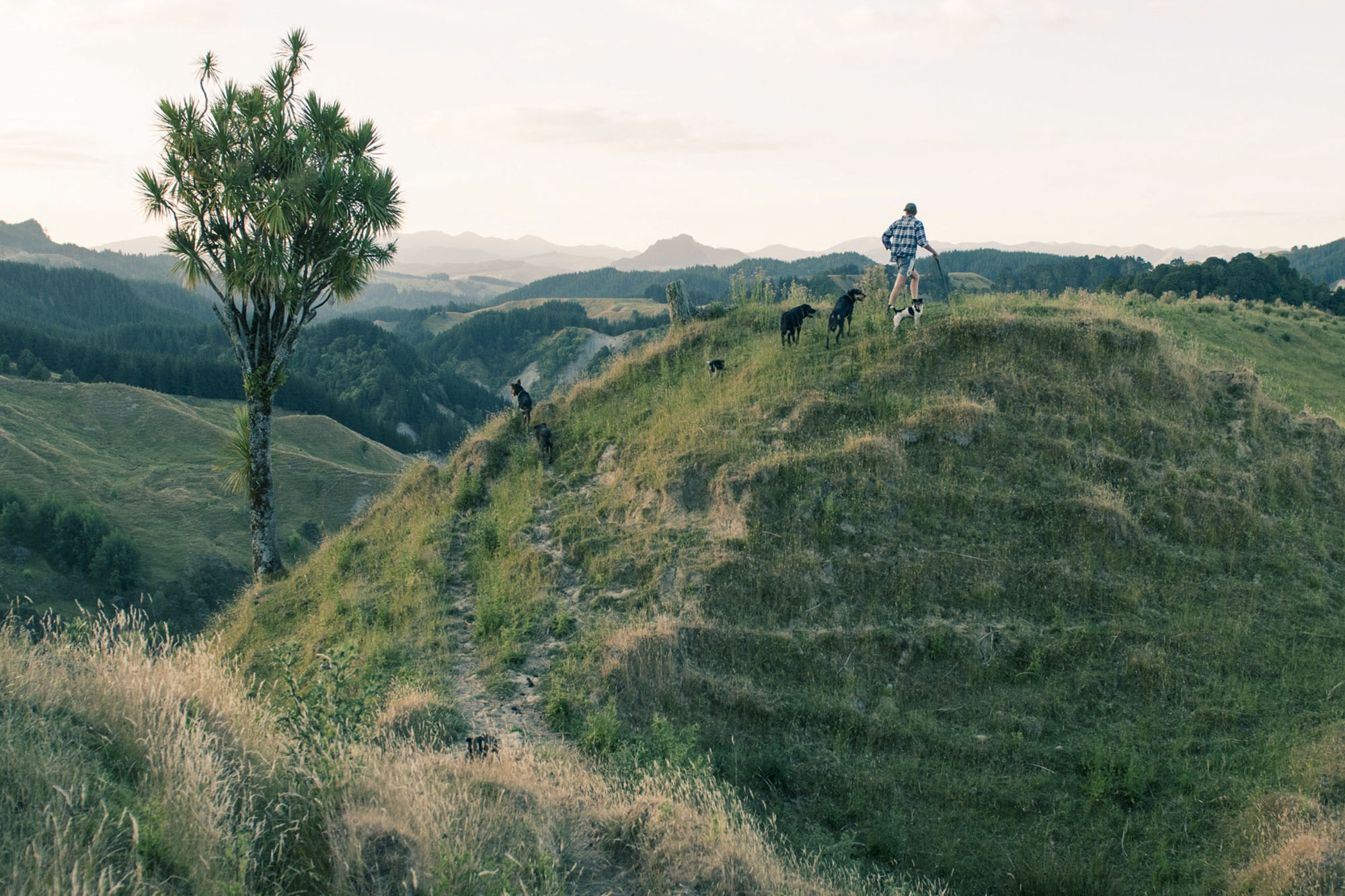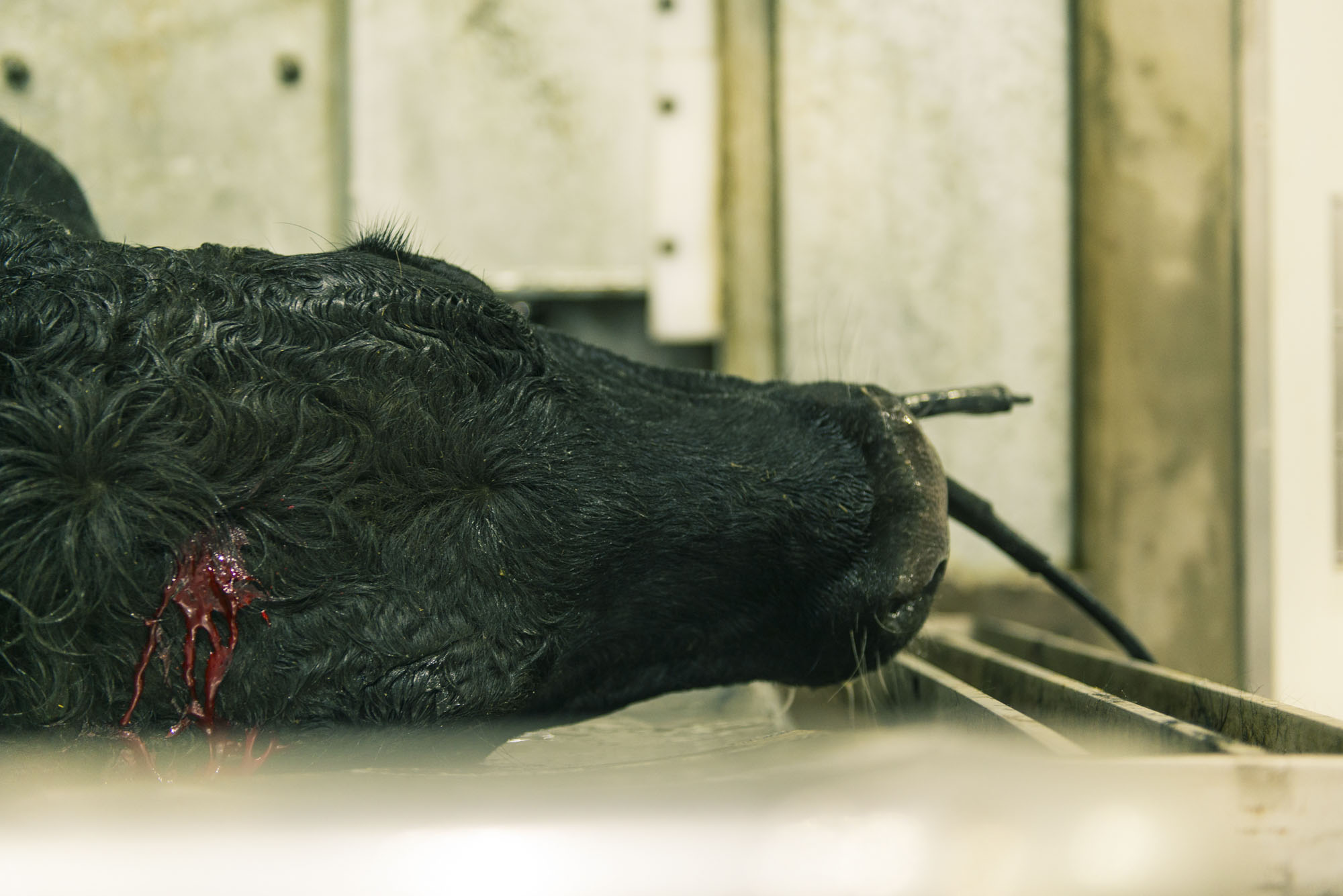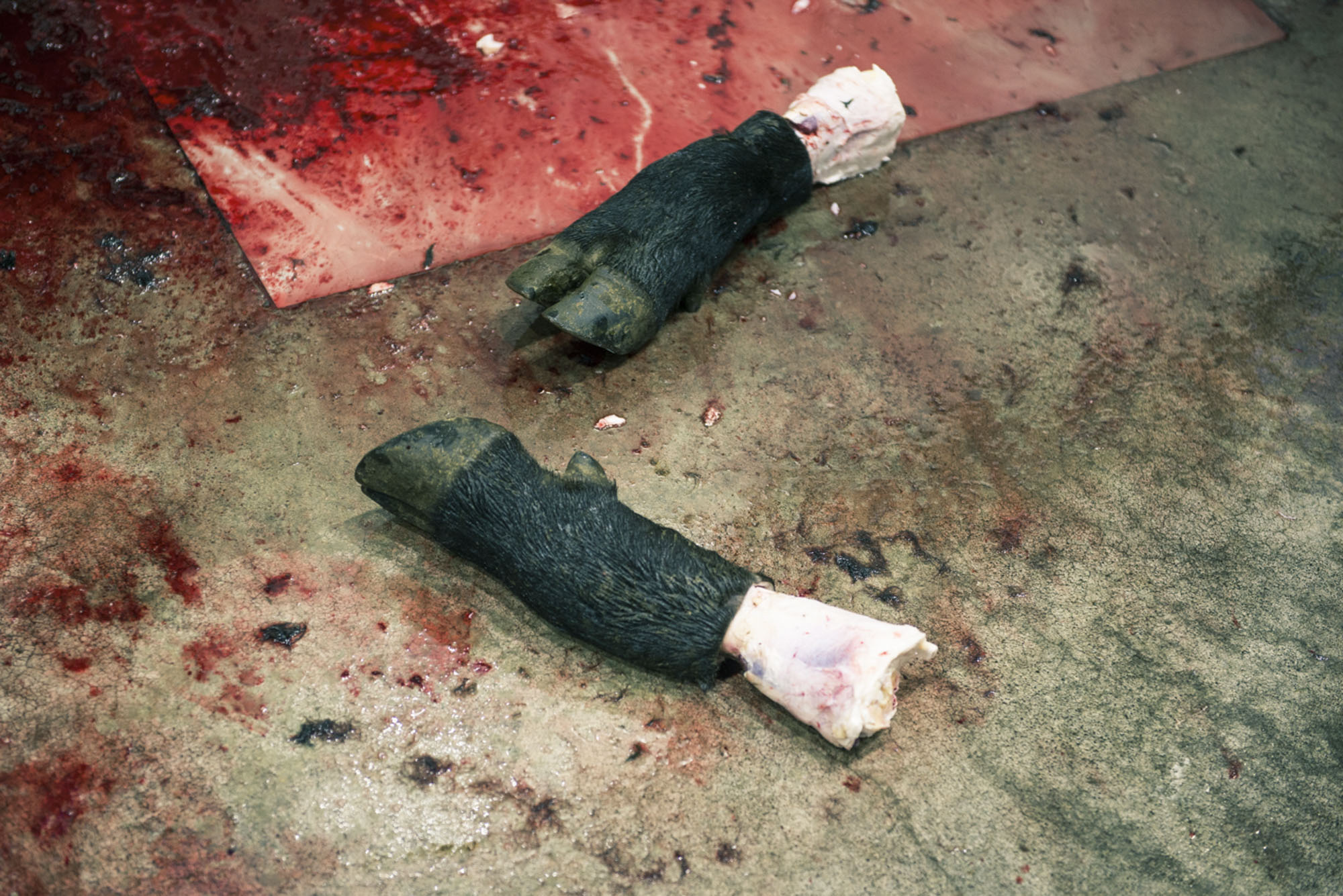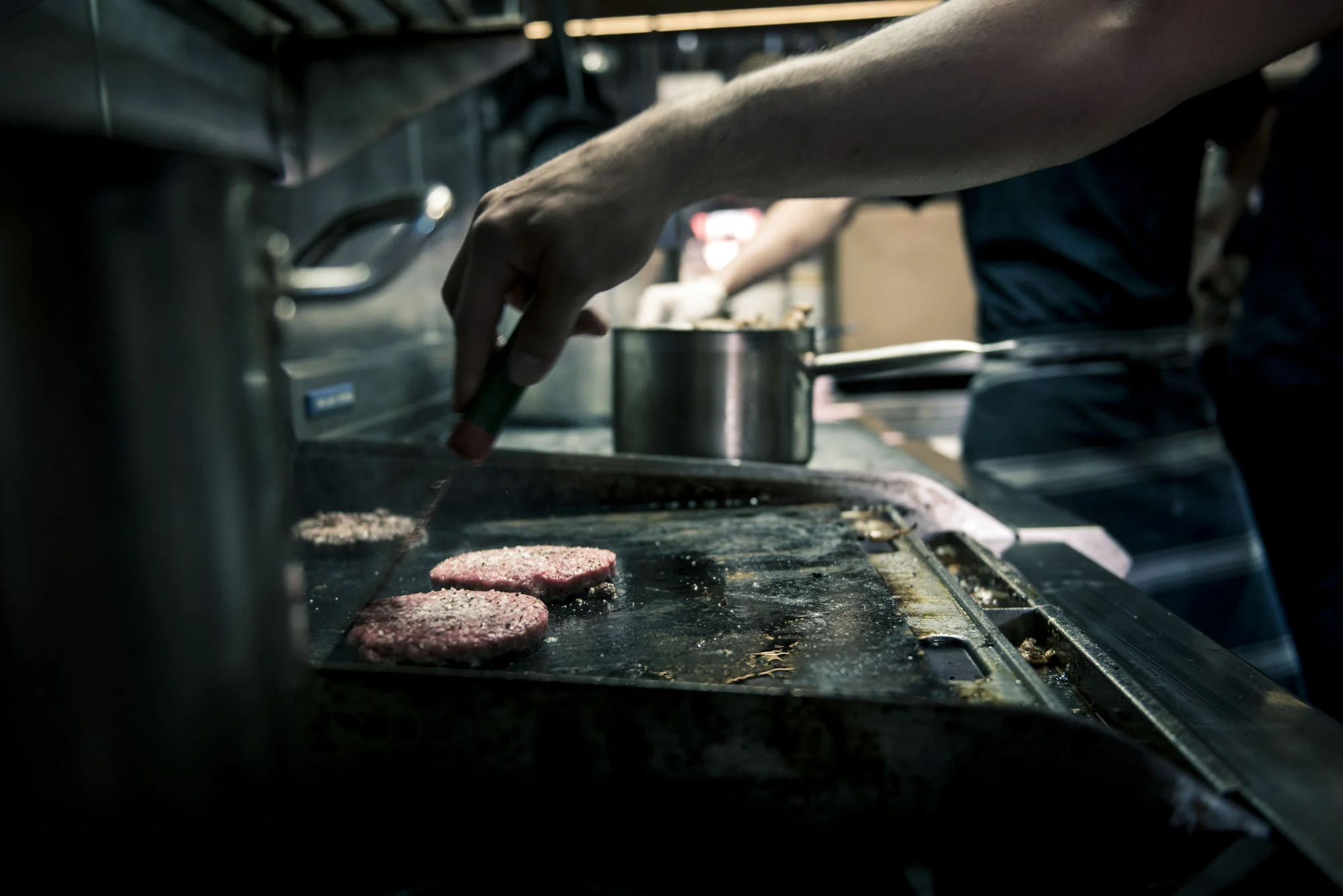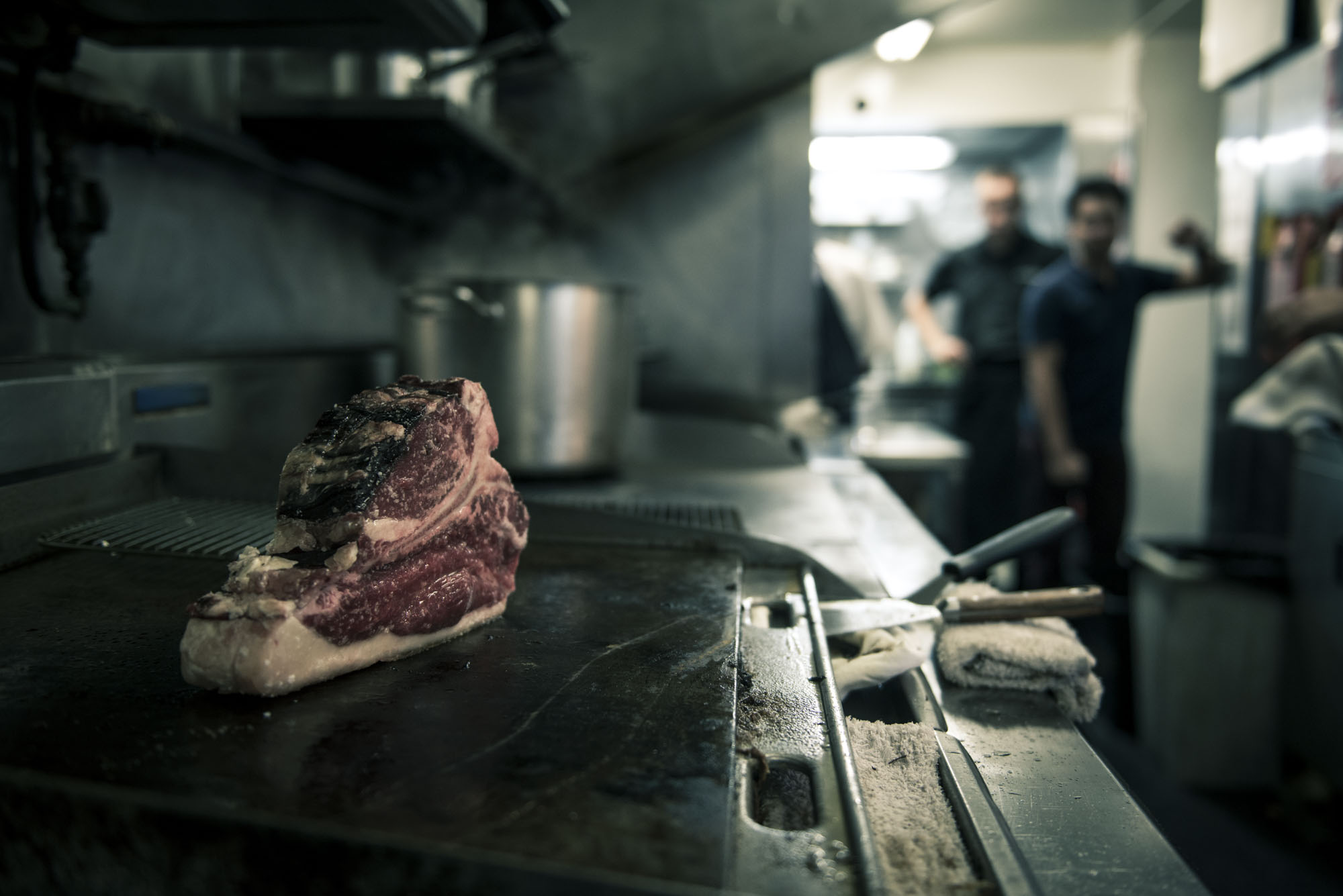STEER 309
WARNING:: Contains Graphic Images.
My father tests the razor-sharp blade of his boning knife by spiting on his forearm and shaving a patch of hair off in one quick movement, he tucks the knife into his belt and murmurs something about getting it over with and disappears into the holding pen.
A yearling lamb is selected at random and brought out onto the concrete floor of the killing shed. The sheep is pressed between his knees as though he’s going to start shearing off its fleece but instead, he pulls the knife from his belt, grips the lamb firmly under the chin and with one deliberate and expert movement he simultaneously cuts the jugular and snaps the neck across his thigh.
The animal bleeds out on the grey concrete floor of the shed and my father washes his knife and hands. The silence is as thick as the blood pooling around the rusted drain cover. My older brother wraps his arms around my shoulders and presses me back into him, together we watch the mercury-smooth blood glow red in the last wash of late autumn light.
I would have been 4 or 5 years old when I first remember seeing the life fade from another mammals' eyes. It’s the part I hated most. Seeing death slowly creep in and presence of another slip quietly away.
Decades later, I’m washing blood off my camera bag, a small worn-out piece of soap is the only thing in the otherwise empty abattoir bathroom that indicates this is a place to cleanse a stained soul and bloody hands. The smell of death hangs in the air, gets into the pores of your skin the way it sticks to the concrete walls of the bathroom. I’m thinking about the things I’ve just photographed. Mechanised, systematic slaughter. An unavoidable step in the long chain of productivity that is universally accepted but never mentioned. I realised that what’s missing in my work is that moment - the truth that links what we do, to get to, what we eat. I remember my uncle shooting cattle from the rails of a stockyard while we placed bets on which steer he’d choose, a pig stuck in its straw bed while I was forced to rest my weight across its beating heart, or the swift end to a lambs life on a warm autumn evening.
I grew up within a cycle of life and death – it was how my parents kept us alive. I also grew up with respect and an unspoken understanding that a sacrifice was being made so that we could eat. It was how it was and I imagine that my father wished he was doing anything other than testing the edge of his knife on his forearm and sharing that macabre theatre of survival with his sons.
309
At 4.09pm on 27 July 2014 I met an Angus Wagu steer with the ear tag number 309. He was part of a mob of young animals grazing the high pasture at Fenlands Station on the East Cape in the North Island of New Zealand.
The wind that ran down from Mount Hikurangi and chilled the open pasture pushed the emerald rye and clover flat. It was the sort of cold you remember. Steer 309 stood with his ragged winter coat backed up to the wind and watched me watching him.
I was on a reconnaissance to find the right farm and the right farmer for a book I was about to start. What I found was a beautiful farm, caring thoughtful East Cape farmers and an animal that walked right up to me and dared me to follow him.
Back at the shepherd’s cottage later that evening we looked briefly at the images I had taken that day. Steer 309’s portrait lit up the computer screen. The farmer stood quietly behind me, a half-drunk beer bottle in his hand, his eyes fixed on the deliberate gaze of the young animal.
“There’s your subject, he said. He looks like he knows what you’re thinking.”
I returned to that farm every season and for every event throughout the rest of 309’s short life. I watched the farm turn lush with clover and plantain, and dry out to chalky dust and sweet hay. Over the next 20 months 309 grew from a lean doe-eyed calf into a 500-kilo titan, rippled with muscle, and a coat as silky and black as coal.
On every visit 309 would move out of the crowd to find me – moving up to my camera, staring that same stare he caught me with on that cold July day. On my last visit before he was shipped off to the processing plant he got so close I could touch his coat and feel the warmth of his breath push against my chest.
***
Over 500 kilos, solid and proud, 309 stood calmly with his brothers watching the double-trailer stock truck back up to the timber yards. The banter of working men and the light that filtered through the poplars, washing the scrubby grass in the stock yard cold with early morning light reminded me of early mornings spent with my father. The animals were gently herded onto the trailer and the stockman handed the farmer a slip of paper in exchange.
As the truck pulled away the farmer stood as he always did with his hands clasped behind his back. He watched the truck turn out of the gravel drive and head out to Highway 42. Finally he turned to me and said,
“You know what? I wouldn’t send them off if I didn’t have to.”
When steer 309 gave me one last look I was standing on a catwalk above the holding pens at the Ovation processing plant in Hastings. The stockman had left for the day. The afternoon sun bounced off the high blank walls of the chillers opposite the pens and filled the concrete and steel building with beautiful soft light. Below me, 309 stood alone and at a loss on the sterile concrete floor. His eyes glossy and bright, his nose wet. He seemed much smaller in that holding pen. Nothing like the animal I’d seen earlier that day at Fenlands.
The following morning at the processing plant, 200 kilometres away from the sea air and lush hills of Fenlands, 309 was washed down and gently ushered into the killing bay. He was weighed, stunned with an electric shock to the forehead by a charged stainless-steel plate before a bolt gun was applied to the top of his skull and he was dispatched, passing out of his short life into the bowels of the abattoir.
Blue, white, red and silver – those are the colours I remember. The thick, sweet, metallic smell of blood and the low automatic white noise of men working with ballet-like choreography in a repeating pattern, preforming a magic trick that turns an animal into what we recognise as food. I worked in the processing plant for a couple of hours that morning, recording everything, thinking about colour, composition and moment. I tried not to think about any living breathing thing.
Later that day in the staffroom a tall lean Maori man in white coveralls and a hairnet presented me with a severed ear. Attached to the ear was tag number 309.
***
I’d made a decision to drive to the farm from my home in Auckland at the beginning of the project. I understood the importance of the time on the road, the silent landscape and the shift in intensity.
On highway 42 as you leave Opotaki the wind skips straight off the Pacific and the sun hits you hard – Mother Nature eats away at the edges of the interlocking farms while locals feel the burden of economic responsibility and relentless labour.
On the last trip home, half an hour out of Hastings after my morning at the abattoir, in the low hills near Te Pohue, I pulled off the road before the mobile coverage faded and rang home. My partner’s voice was full of warmth and concern. She listened to me download everything I’d done and seen. I was mid-sentence when the phone went dead, and that’s when it hit me. The deep, raw guilt of it all. It wasn’t the loss of an imagined bond I had developed with 309; it was the sudden realisation of the hopeless of it all and the overwhelming guilt of exorcising my demons at that animal’s expense. I was creating an homage to the everyday, the unavoidable, to the inevitable. I was searching for a way to reconcile the sacrifice of one living thing over the survival and pleasure of another.
Two weeks later 309’s chilled, quartered carcass arrived in Auckland. I watched a master butcher dismantle and deliver multiple parts to the butchery table. Nothing was wasted. Trimmings were set aside for burger patties and sausages, the shin bones split for the marrow, the balance sent off for processing into either animal food or fertiliser. The meat disappeared into shrink-wrapped packaging and delivery bins. I followed the steaks, tenderloins, brisket and burgers out into the high streets of Auckland’s gourmet smokehouses, Japanese restaurants and high-end bistros.
Chef Des Harris, was the last person to receive an order of beef. I spent an hour in Des’s test kitchen as he carefully prepared a sirloin roast. The meat was being scientifically monitored in the oven – how it was going to be plated and presented was planned in advance. Timing and preparation are everything when you’re dealing with something as precious and expensive as this.
When he was ready, Des carefully sliced off a portion and plated it with a selection of vegetables on a black pottery plate. It was art, a Modernist painting of texture and colour – loose and abstract.
I put the plate on a dark slate background and let the cold light from the inner-city courtyard slide over it. The dish glowed with deep cyan cast shadows. It was a beautiful end to 309’s journey.
“Have you tasted the meat yet?” Des asked.
I said I hadn’t, and, to be honest, I don’t think I could.
“You have to,” Des said. “It's why he existed. You can’t honour him by ignoring the very thing he stood for.”
I took a piece off the end of his fork and ate it.
***
Living in a city insulates you from reality. Supermarkets remove the grit, labour and anxiety of rural life and reimagine it for their urban customers who in turn, demand provenance, images of pastoral idylls and bold statements about open pastures and hand crafted quality. No marketing department will show you the horror, trauma and the years of labour inflicted on man and beast that goes into making your BBQ or dinner a success - that would stop the meat industries heart beating faster than a bolt gun and reduce the countries GDP to pocket change.
The easiest way to convince anyone that our grass fed beef is worth their while is to let them taste it and everyone who did said the same thing, that it was exceptional. Another great example of what we do so well in this country but fail to truly capitalise on. Bulk primary industry is the status quo, The agenda is to ship thousands of tonnes of commodities to the world market where they are haggled over and often left to sit dockside till the race to the bottom is over.
I can’t help but think our livestock, and in fact all industrially raised animals deserve better.







